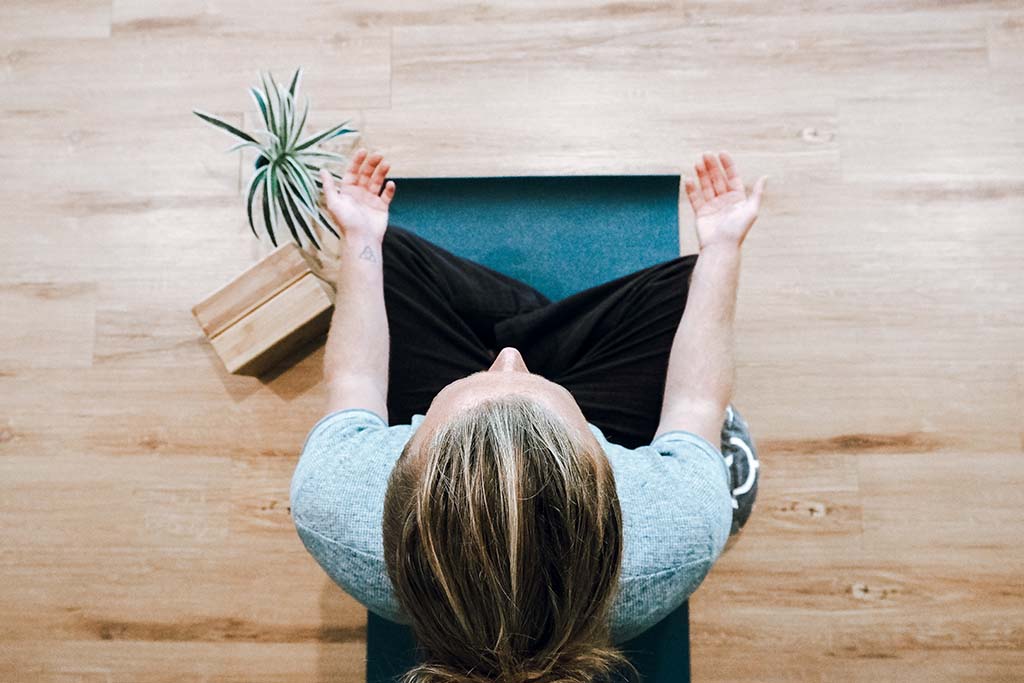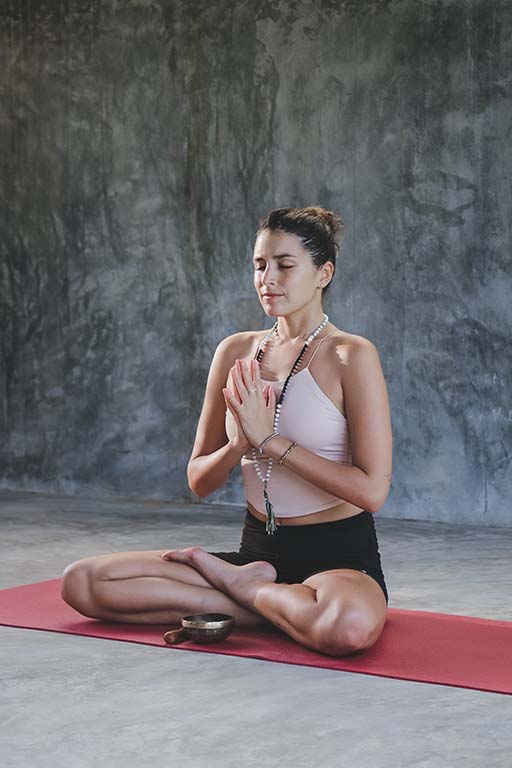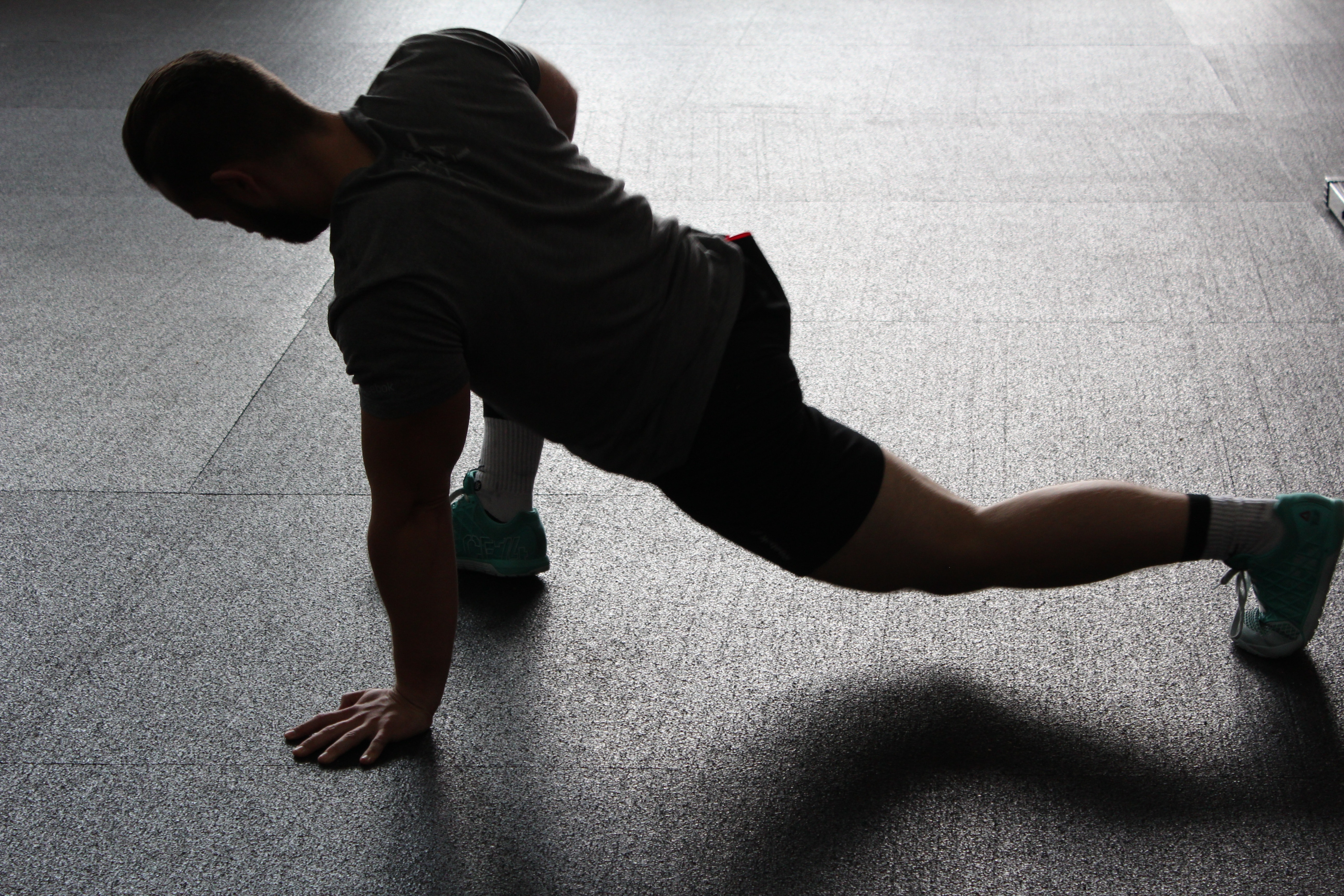A great way to start building focus within sports teams is by incorporating mindfulness activities for athletes as part of your training agenda. As an outcome, it teaches us to control our minds rather than let our minds influence us, for example.
Defined by founder Jon Kabat-Zinn, mindfulness is paying attention in a certain way; on purpose, in the present. It is a type of meditation that makes you acutely aware of what you’re feeling in a particular moment without judgment.
Mindfulness activities for athletes have been used to treat clinical mental disorders like stress and anxiety for many years.
This article will focus solely on its application in sports and its relevance to athletes.
Application of Mindfulness in Sports

Most of the activities in sports require physical and technical training, the critical determinant of the outcomes is mental wellness.
Many coaches and athletes understand that there’s a mental component to achieving success in sports. But they don’t know how to develop or improve it.
Having a healthy mind and body is very important for athletes. You’ll agree with me if you are an athlete, that anxiety and stress don’t bode well for good performances.
Pro-athletes are increasingly incorporating mindfulness – meditation – into their regular training practices. A stronger mind-body connection has helped them stay focused on the present moments, facilitating better plays and peak performances.
This training can be easily adapted for athletes at various levels – from amateurs to professionals and consists of educational, conversational, and experiential components.
Participants are instructed to focus on essential activities like breathing, body awareness, etc. These activities become more inclusive as they progress, becoming more sport-centered.
Athletes gradually become more involved in mindful and intentional formal exercises in their workouts.
It also helps them in everyday life.
Types of Mindfulness Activities for Athletes
Deep breathing

An essential exercise is breathing practice count as some mindfulness activities for athletes. It involves deep, slow, rhythmic breathing.
Stress and anxiety often come with shallow, rapid breathing, and an important way to focus in such situations is to take calming breaths. The same is replicated in this process.
First, you ensure you sit as comfortably as possible, keeping your body upright and relaxed.
Next, slowly breathe in through your nose. Focus on each breath and calm your mind as you slowly release it. This technique is essential for competing athletes as it helps you maintain calm in high-stress situations.
Michael Gervais, Ph.D. is a high performance psychologist. He recommends that the following when practicing deep breathing:
- Start to focus and feel your breath in your stomach
- Let your diaphragm pop out
- Move your breathing all the way up to the back of your chest
- As you will feel a slight tension before a long exhale (its is sually longer than the inhalation)
- Sit still while mindfully connecting to the sensations
- Repeat
Mental and Physical link

The mind works overtime during high-stake competitions.
Your breathing speeds up, your palms get sweaty, and sweat breaks out almost all over your skin as adrenaline courses through your body.
You get anxious and stressed, and it doesn’t just end there. These stressors go on to produce a “stress response” that influences your behavior and the things you do.
This technique of mindfulness activities for athletes involves bringing your attention inward. It allows you to focus on your mind and body at that moment. And avoid distractions and stressors. It focuses on the part of the brain that helps maintain a calm state of mind – the prefrontal cortex.
Recent research has shown that this is one of the best ways to calm the mind’s stress response and ultimately lower blood levels of the stress hormone – cortisol.
If you can change the overall mental mindset, you can see faster results.
Moawad, a leading Mental Conditioning Coach
So, a re-conditioning of the mind brings on a higher state of flow (a feeling of being incomplete in sync with the moment’s activities), which enhances performance.
Body scan
Practicing a body scan keeps you in tune with your entire body and what it’s ‘saying.’ This technique involves closing your eyes, lying on your back with palms facing upward, shoulders and legs relaxed.
Next: Focus on each part of your body separately.
Starting with the toes and traveling upward. Feel what every part is communicating – Is there any tension? Any ache?
Breathe slowly into the areas that feel tense or painful. Release the breath slowly.
Work out the tension in the part that feels tense before moving on to the next.
At the end of this process, you will be left with a feeling of tranquility.
External and internal messages

Focus on the words that flow around in your head and the things you say. Be deliberate about what you pay attention to, especially the words.
The things we hear ultimately end up in our minds, and if there are no checks, one might end up dwelling on the wrong things.
The solution? Pay attention to the internal dialogue to avoid any negative thoughts.
Positive thinking can make a world of difference between winning and losing a game.
Tuning out the white noise

It is easy to get carried away with what’s going on as you step on to the pitch. The crowd, the cheers, the almost palpable tension in the air, and pre-game jitters.
You need to focus on your game and tune out everything else in your surroundings. Learning to control your mind keeps it streamlined and helps to improve your gameplay.
Key Takeaway
Mindful meditation is hard work and it takes a lot of practice.
Several studies have shown that it can improve athletes’ performances in sports.
Focusing on mindfulness can keep your mind focused on your game, help reduce your stress levels, and ease out tension. If they lead to peak performance and more wins, why not make them partof your regimen?

